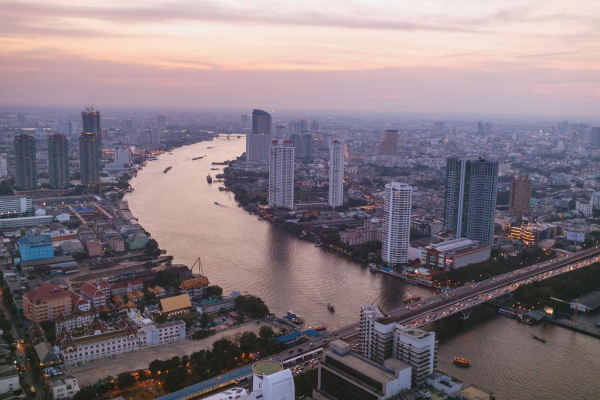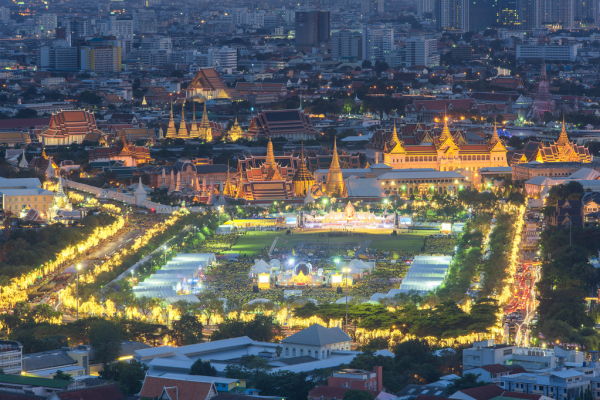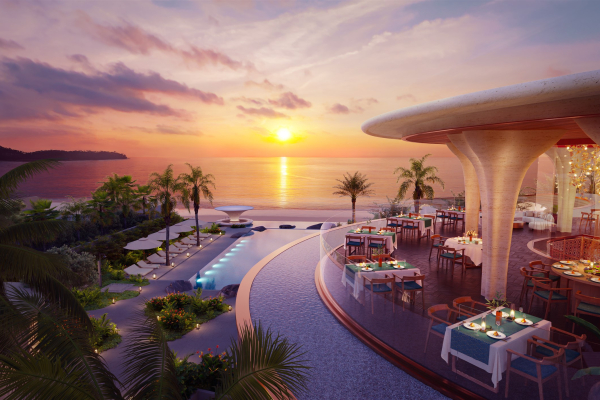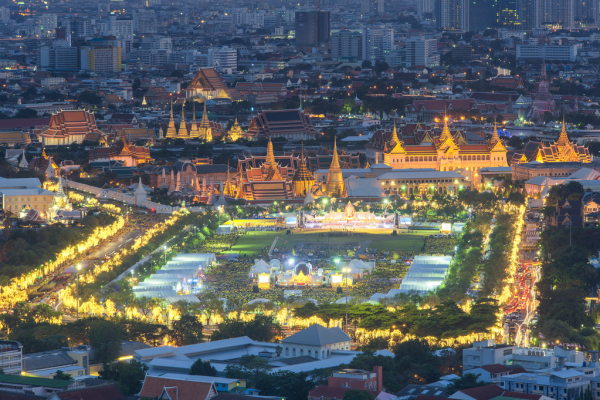Thailand
GENERAL INFORMATION
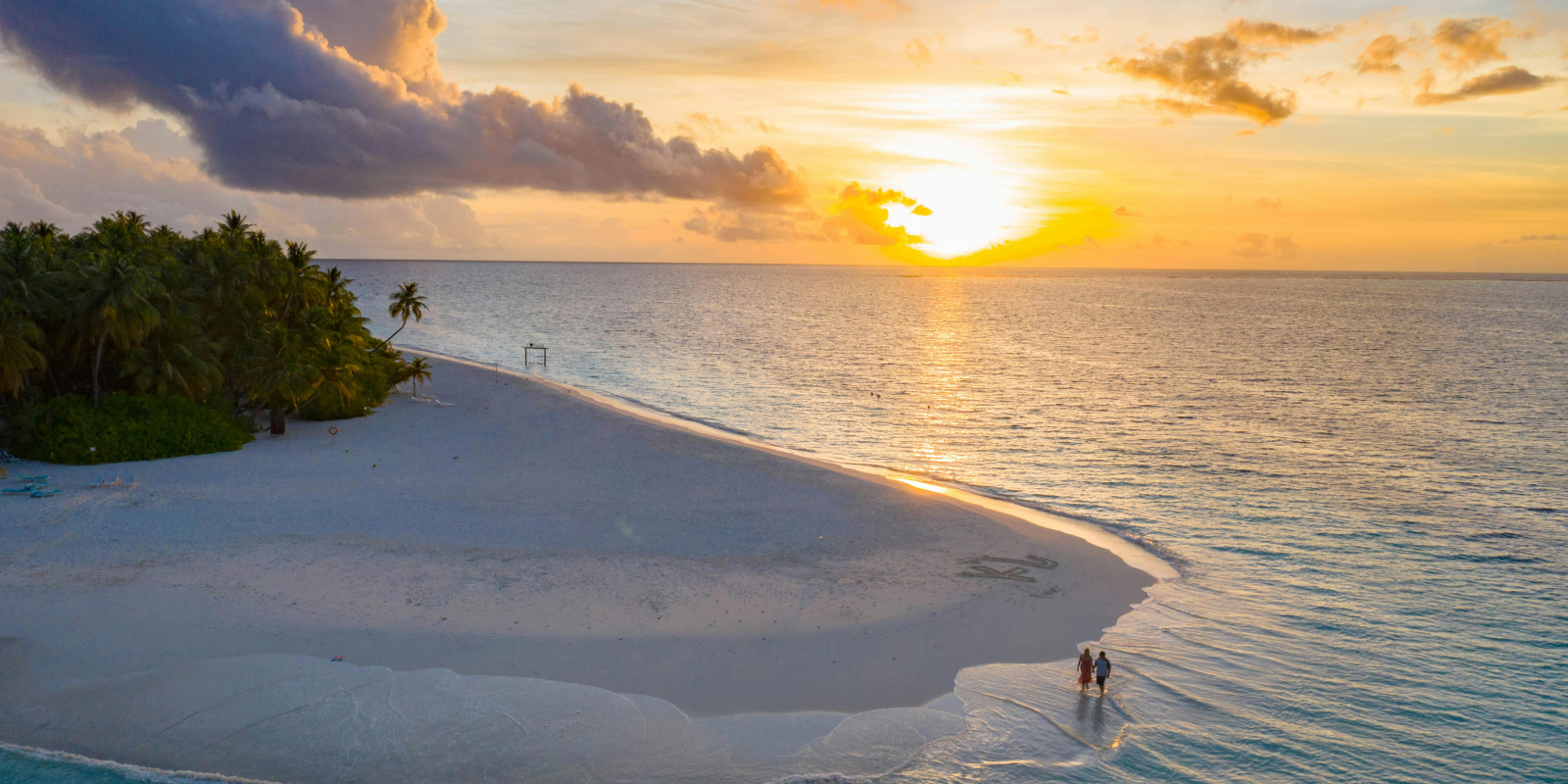
Geography and climate
The Kingdom of Thailand is located in Southeast Asia, on the peninsulas of Indochina and Malacca. The Andaman Sea washes Thailand from the West, and the Gulf of Thailand of the South China Sea - from the East. Thailand borders Myanmar, Laos, Cambodia and Malaysia.
The territory of the state stretches from north to south, thanks to which Thailand has a diverse climate, and the tourist season lasts all year round.
Forests occupy 37% of the territory of the kingdom. Deciduous and tropical forests predominate in the north, and evergreen tropical forests in the south.
In the north of the country are the Thai mountains and the highest point in Thailand - Doiinthanon (2565 m).In the north of the kingdom, the climate is humid tropical, in the central part and in the south - subequatorial, on the border with Malaysia - equatorial.
Thailand has three seasons. The rainy season lasts from mid-May to mid-October. The cool dry season starts from November to mid-February. From February comes a strong heat and lasts until May.
The hottest time is April and May - during this period the temperature reaches +35 - +40 °C. The coolest month is December, at which time the temperature in the north is +19°C, in the south +25°C.
Economy and infrastructure
Thailand's economy has reached the level of a stable market. The country has low inflation and low public debt. The type of Thai economy is agro-industrial. Agriculture brings about 10% of GDP. Thailand is one of the world's leading exporters of rice and shrimp. The kingdom also exports rubber, corn, coconuts, sugar cane, soybeans and palm oil, seafood and fish.
Thailand is the largest supplier of tin, tungsten and gypsum. Approximately 15% of Thailand's total exports are electrical appliances. The Kingdom also ranks second in the world in the production and export of hard disk drives (HDDs).
Tourism plays a significant role in the financial well-being of the country. Moreover, more and more foreigners come to the kingdom for the "wintering", staying in Thailand from November to April - the best period of the year in terms of climate.
Transport in Thailand is varied and chaotic. For long-distance travel around the country, buses are a popular choice, and motorcycles are often used. In large cities, a popular and inexpensive service is motorcycle taxis.Water transport in the kingdom is very diverse: ferries, boats, water taxis and boats regularly carry passengers from island to island.
The largest ports in Thailand are located in Phuket, Pattaya and Laem Chabang.
There are 11 international airports and about 30 civilian airports in Thailand, there is a railway with a length of more than 4 thousand kilometers.
Culture of Thailand
In Thailand, 93% of the population is Buddhist. The form of government of the state is a constitutional monarchy. Thailand is a kingdom with a reigning king.
Thais love their king: his portrait can often be found in various institutions and houses of ordinary residents. Visitors to Thailand should respect the king and the traditions of the kingdom.
Benefits of Living in Thailand
An obvious and indisputable plus of living in Thailand is the eternal summer. The temperature here does not fall below +15°C. Thais are incredibly hospitable and smiling people. It is pleasant to live in an atmosphere of cordiality and benevolence. Living in Thailand is cheap, which allows for the same income to improve the quality of life. And it is also an opportunity to eat fresh seafood all year round, drink freshly squeezed juices and eat exotic fruits, in addition, Thai cuisine is incredibly tasty.
Also, the proximity of the sea, where you can not only swim, but also engage in water sports, diving or just relax on the beach, has a positive effect on health. High-quality ecology - clean air, wildlife, natural fresh products - all this also contributes to longevity. So, in 2020, the life expectancy of the average resident of Thailand was 77.5 years.
The exotic nature of Thailand is perhaps the main trump card of this warm and hospitable country. The gentle sea of an impeccably azure hue, snow-white sand and palm trees on the beach - this is a picture of an ideal vacation, which Thailand embodies in its reality.
But besides immaculate beaches with stunning sunsets, Thailand boasts amazing natural beauty, rich and diverse flora, fauna and underwater life.
Waterfalls, tropical forests, jungles, picturesque cliffs - all this can and should be seen in Thailand.The fauna of the country is also rich and amazing. Tigers, elephants, bears, leopards, monkeys, parrots, peacocks live in national parks.
In the forests you can see bamboo, mangroves, coconut and rattan palms. Exotic flowers and fruits grow here in abundance. A popular flower here and a symbol of Thailand is the orchid
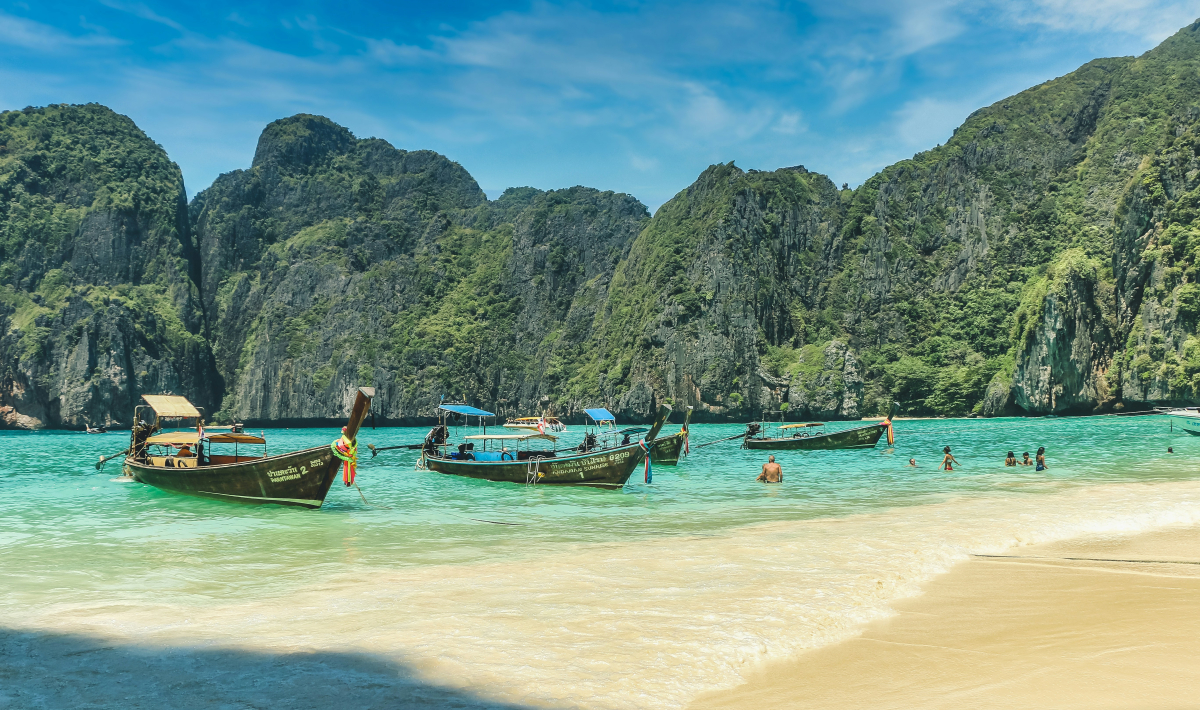
Education in Thailand
Thailand is open to intercultural communication and welcomes foreign students to its universities. For these purposes, more than four hundred master's programs have been developed, teaching is conducted in Thai or in English. There are more than 80 public and about 70 private universities in Thailand.
Popular educational areas: marketing, international business, business administration. To enter a local university, it is enough to have a certificate of secondary education, speak English, pass small entrance tests in mathematics and write an essay. The cost of studying in Thailand is relatively low: from 1800 to 3600 euros per year.








